pohchunyee
Well-known member
Reading this is like I was there at Arizona... very nice!!!

Thanks Chun.Reading this is like I was there at Arizona... very nice!!!
A few species of horned lizard are able to do that. They'll also inflate their body to several times larger than its original body size when being threatened. But i actually shoot the lizard from a distance so the lizard won't run away or felt threaten. The following pic is the actual distance from the lizard, can you find the horned toad??Very cool, is the Horned lizard/toad the one that shoots blood out of its eye?




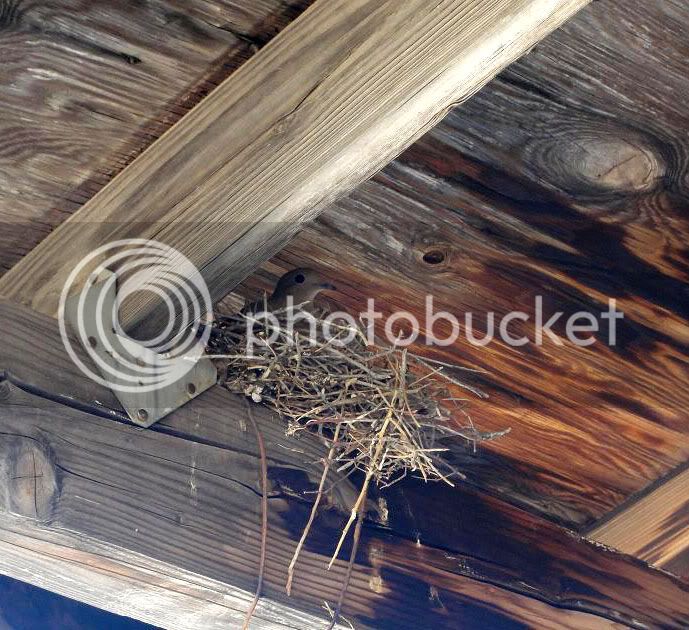




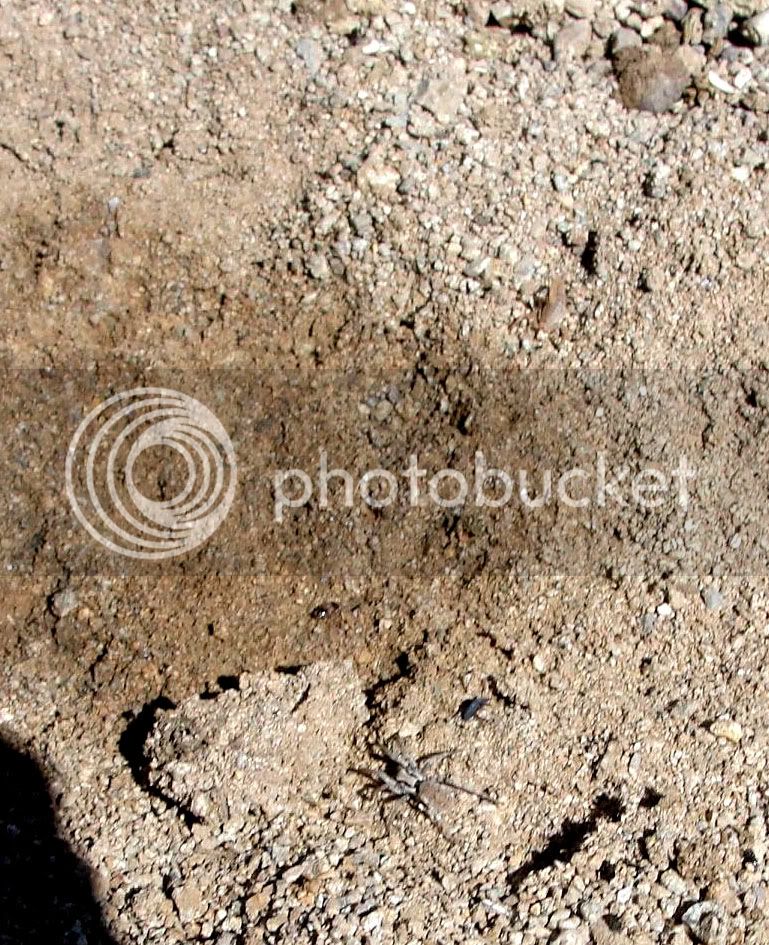
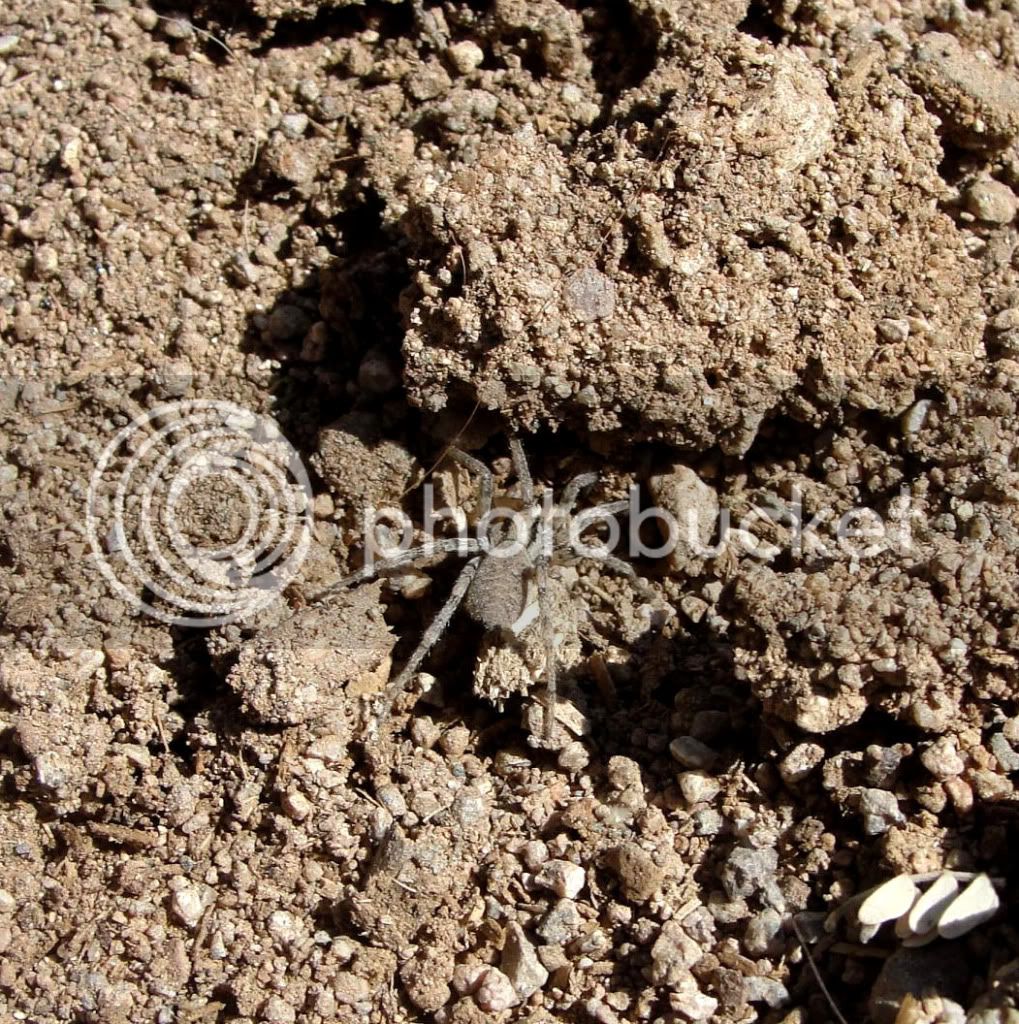
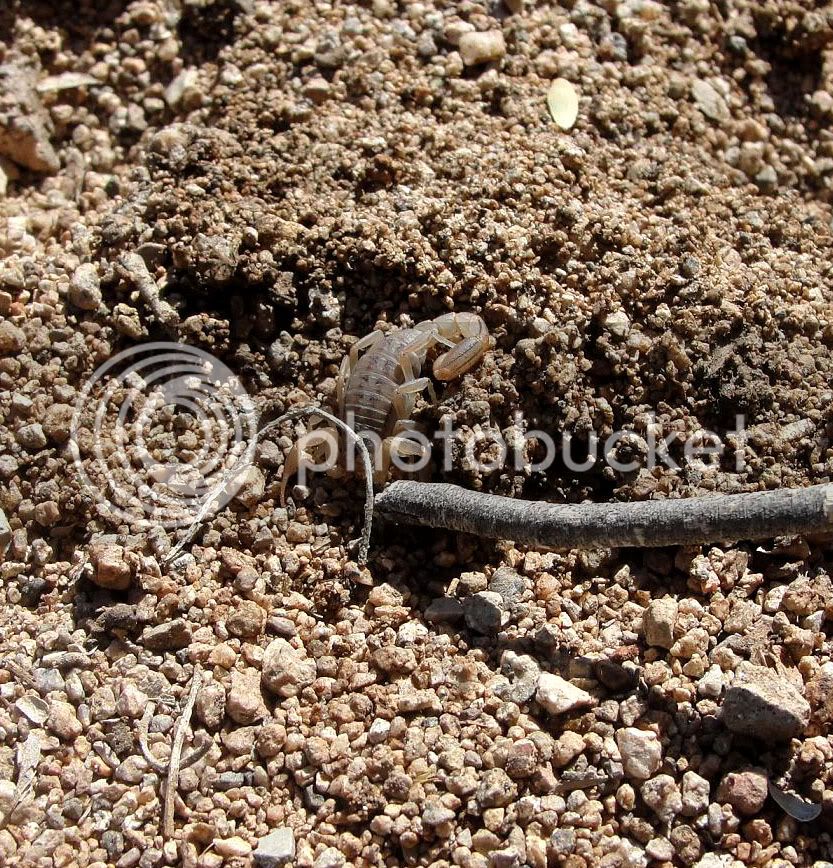

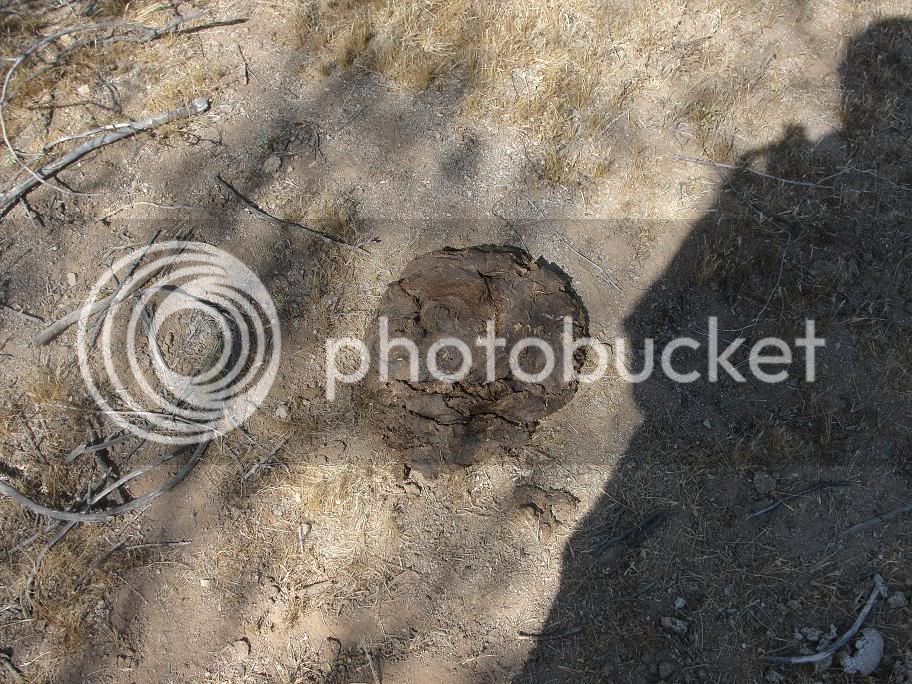
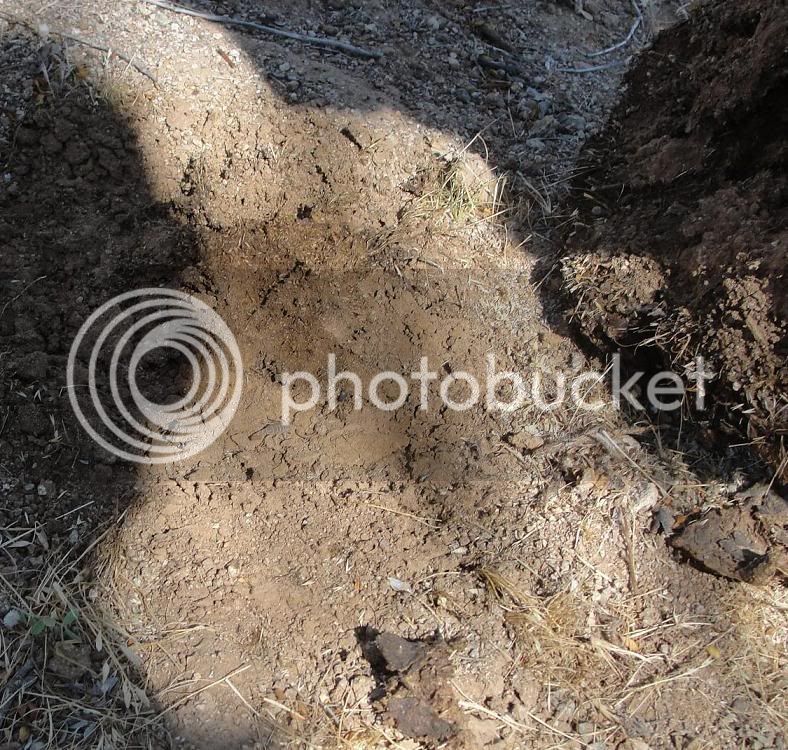
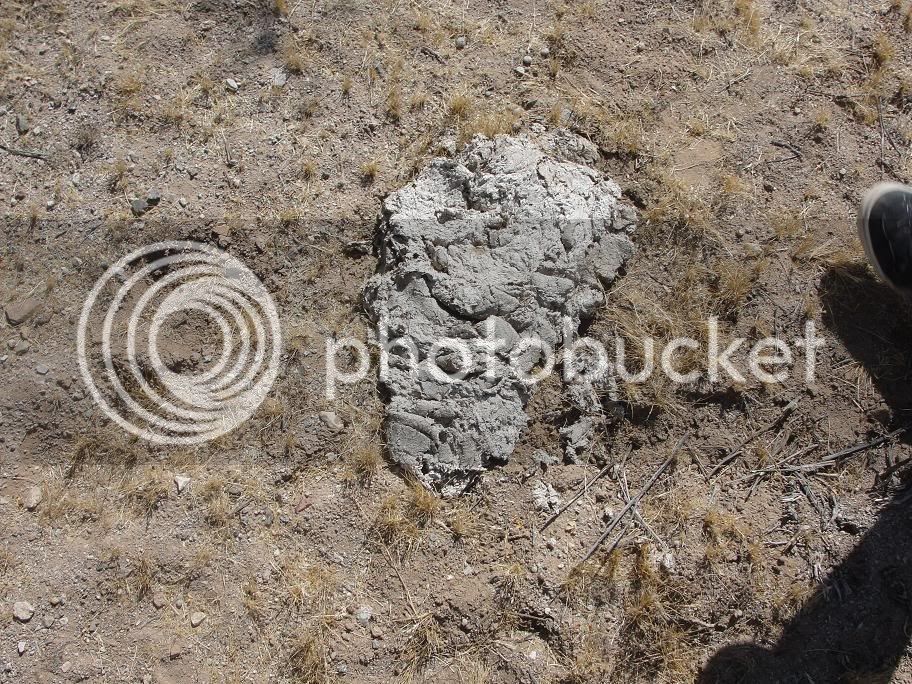
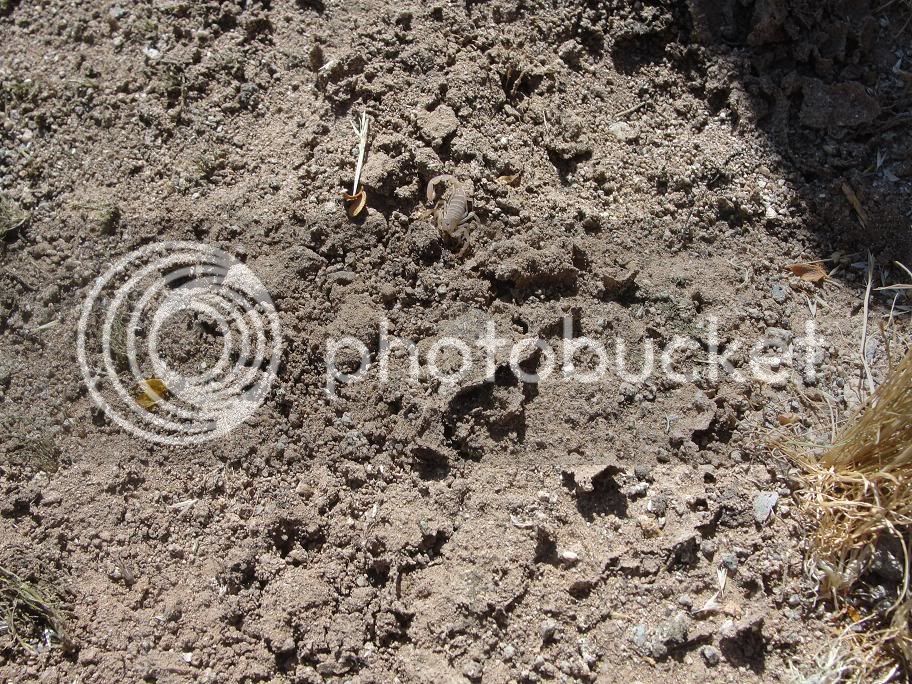
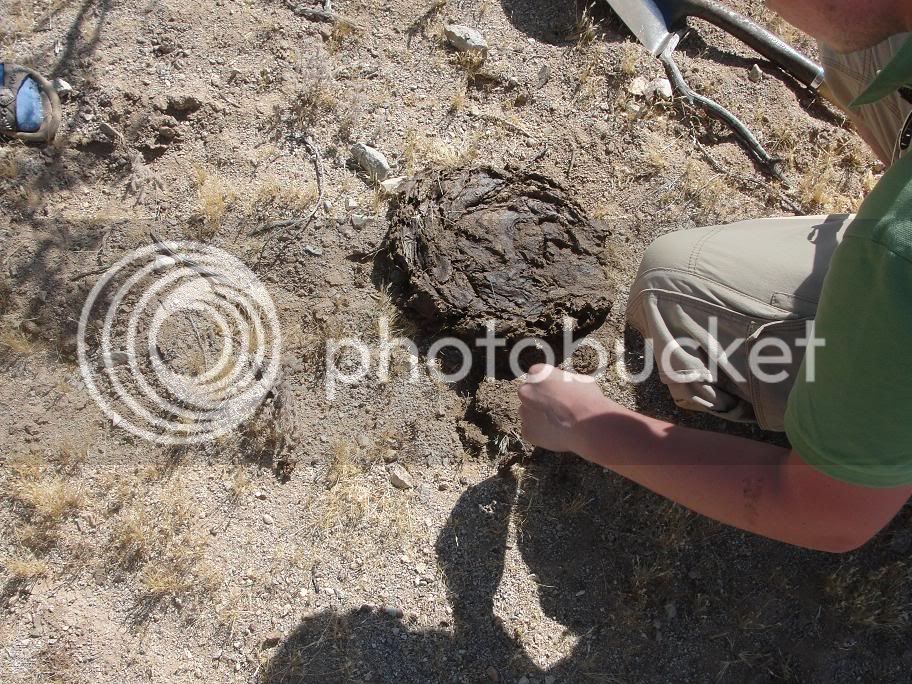

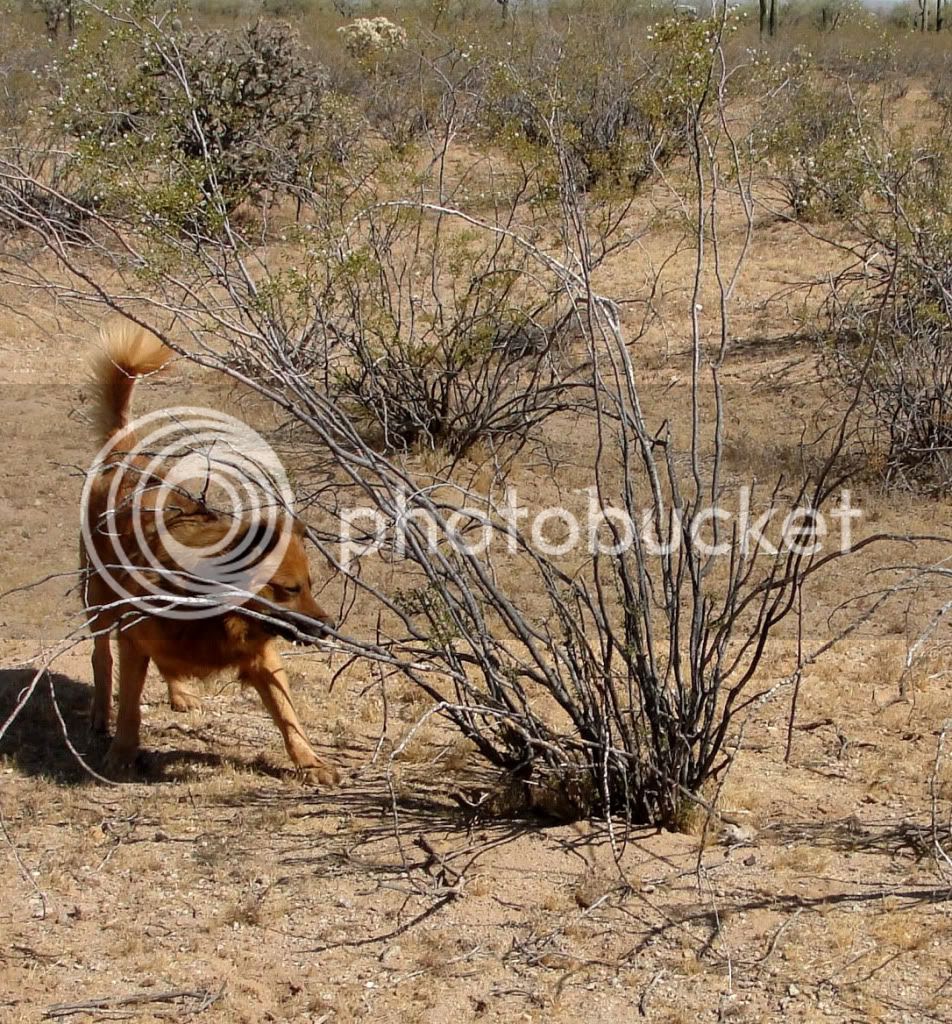
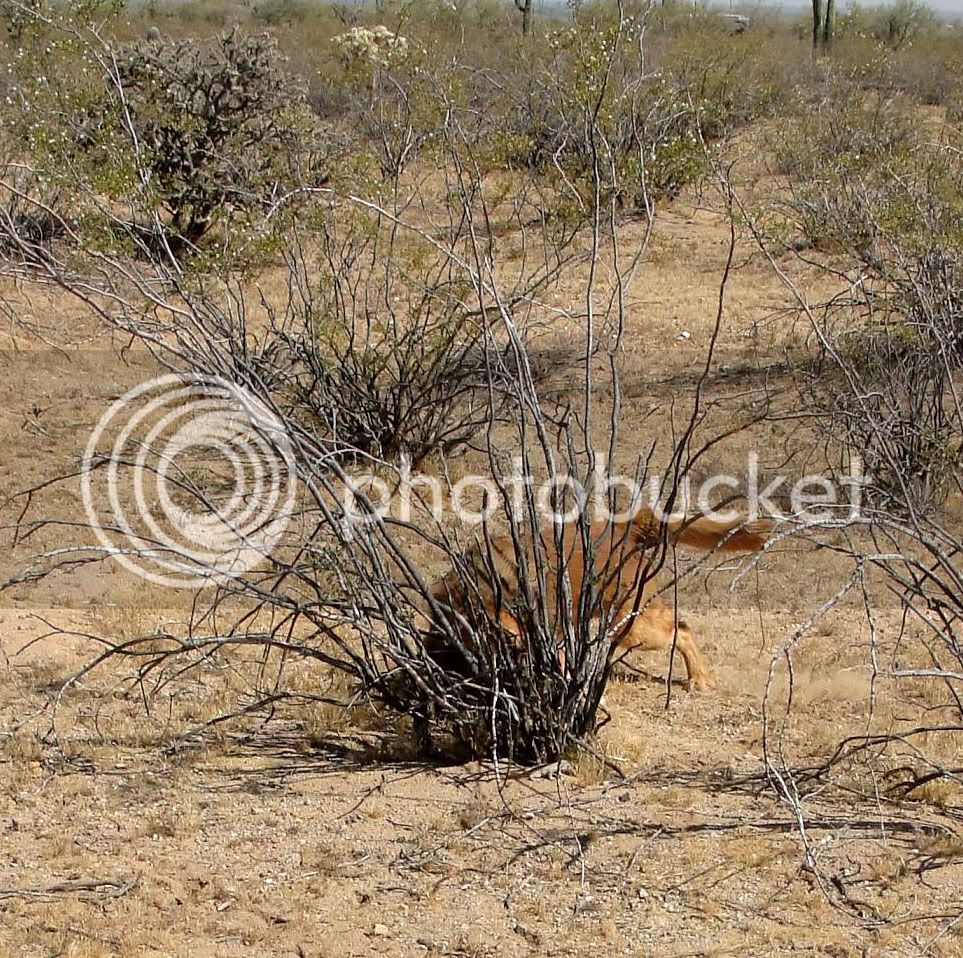
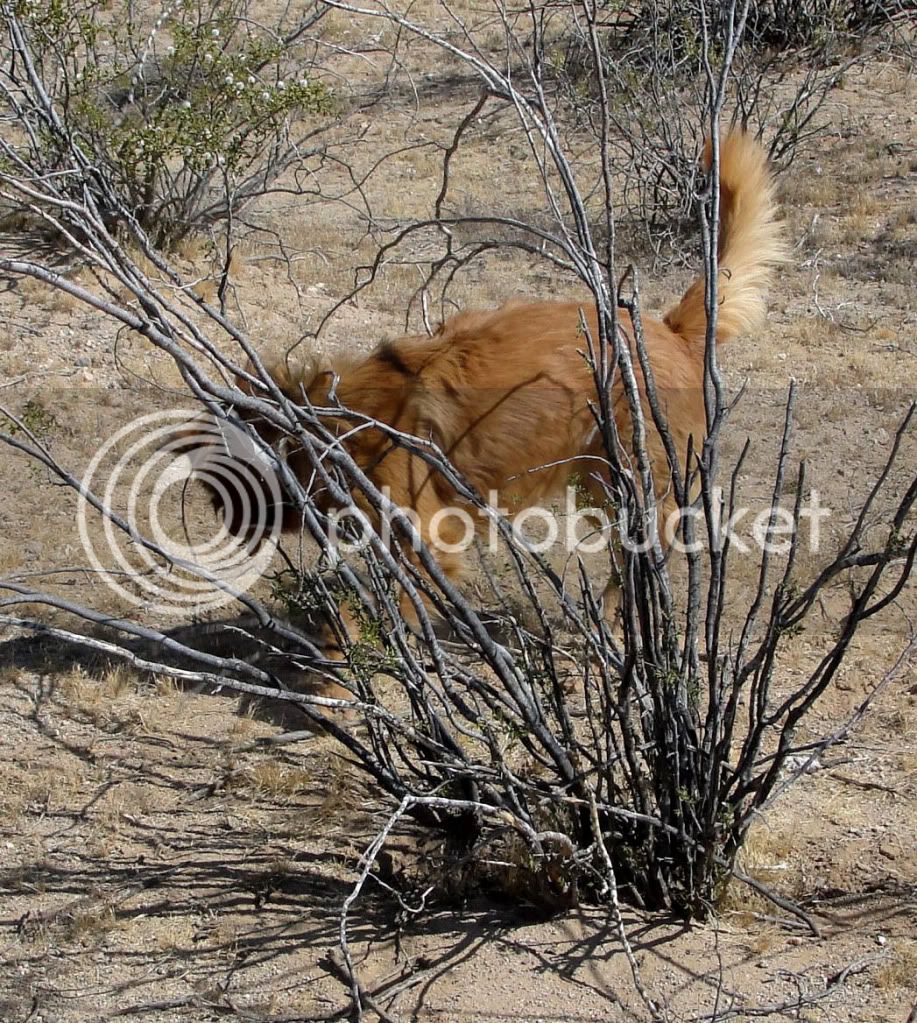
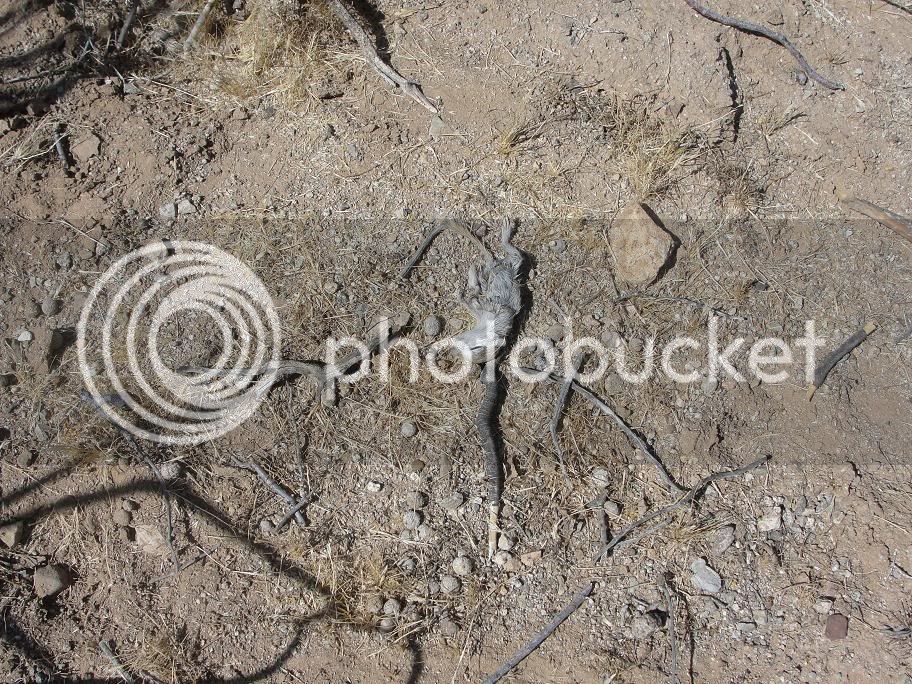
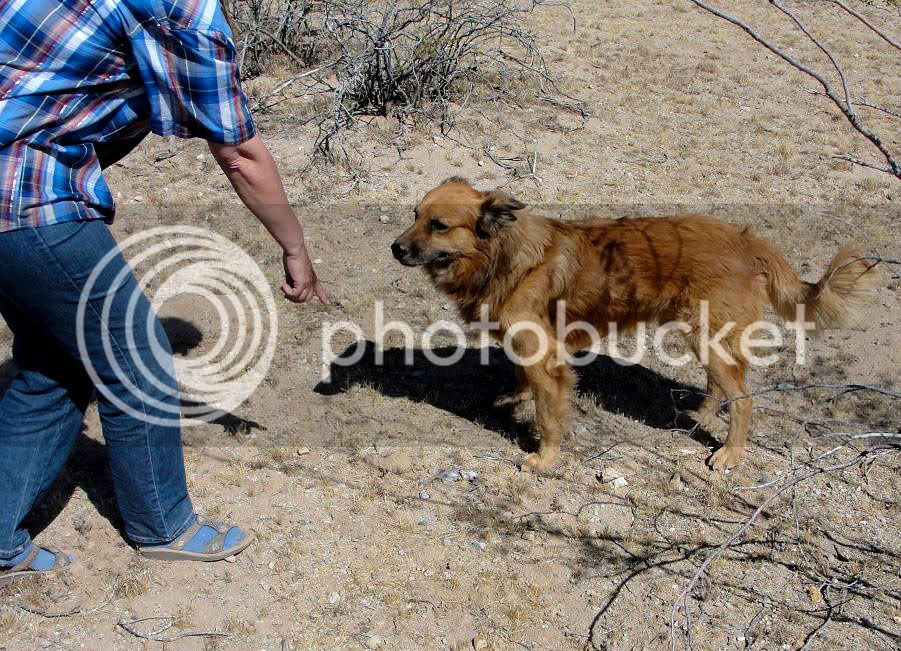
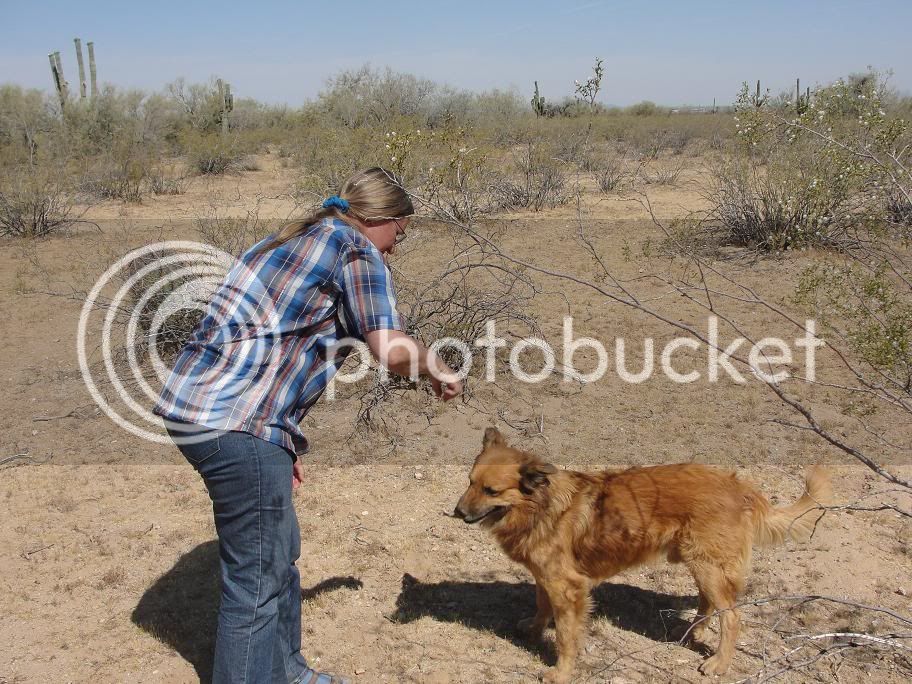
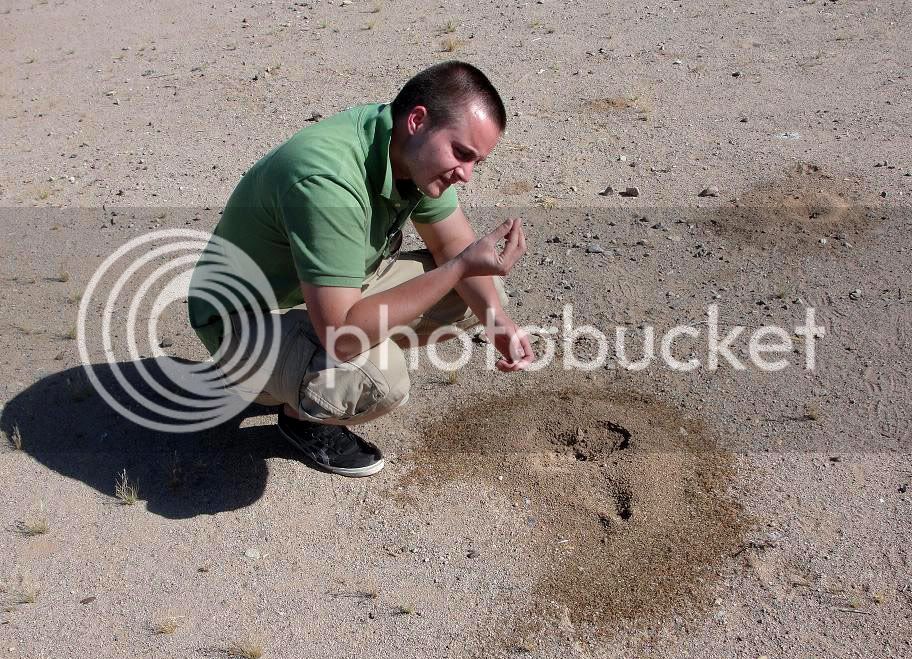
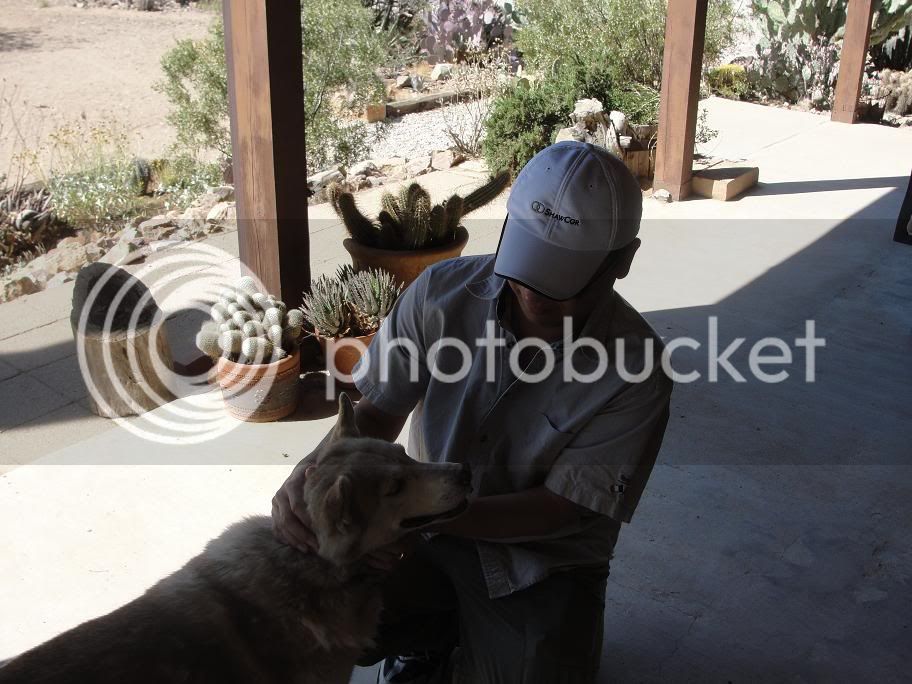










Thanks Rebecca. I believed that is Tana (name after Montana) as i lived in Montana for 3 years that name stucked on my mind for some reason.Really nice final pic Yen!






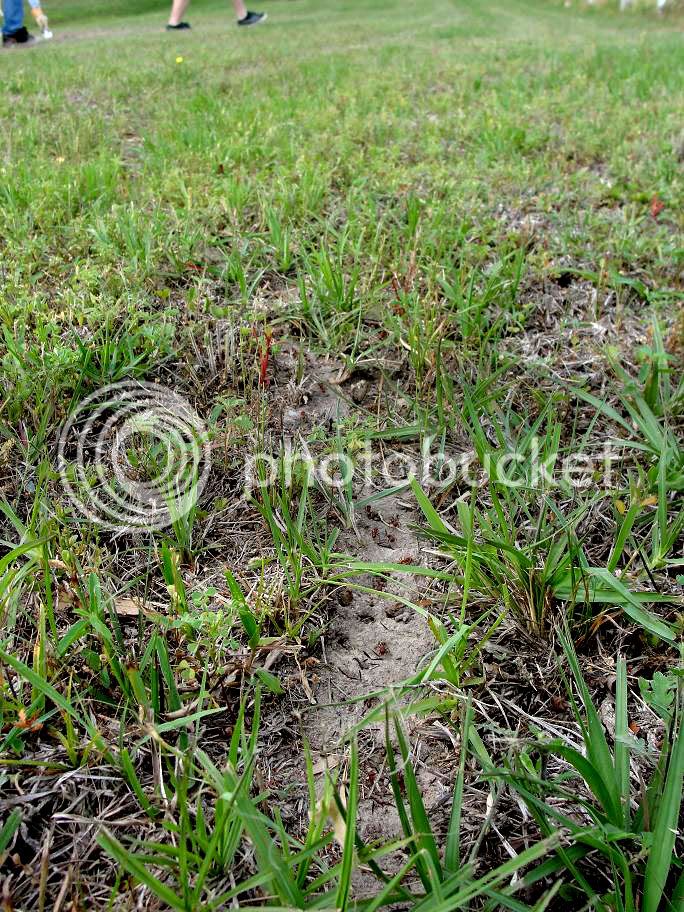
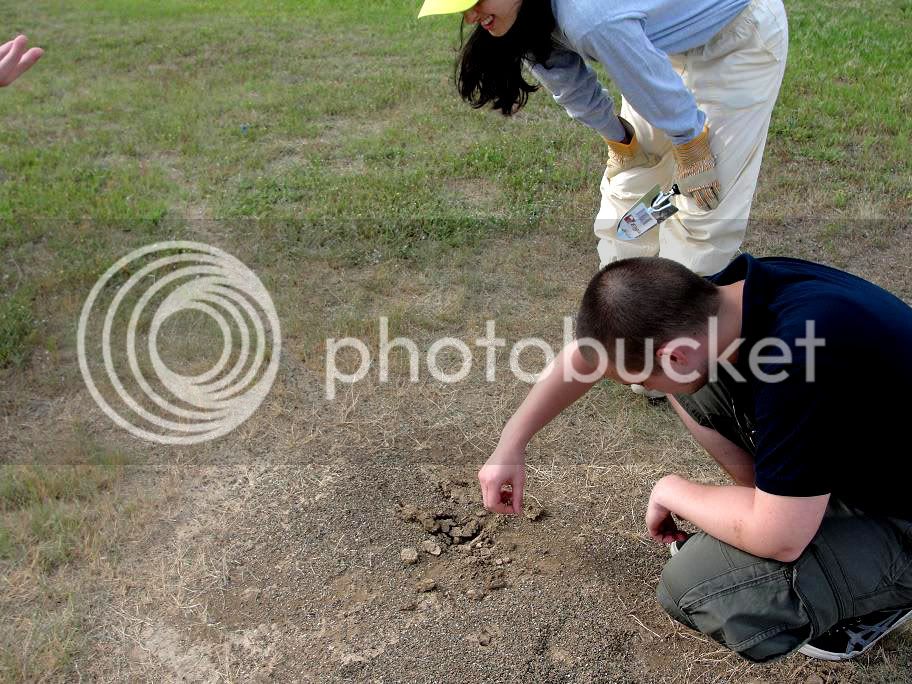

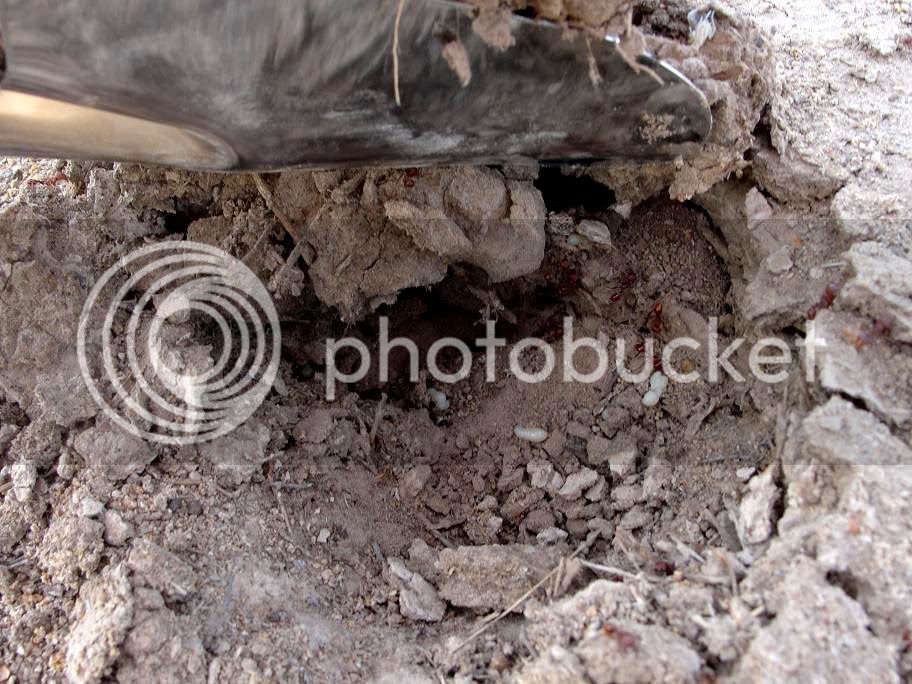

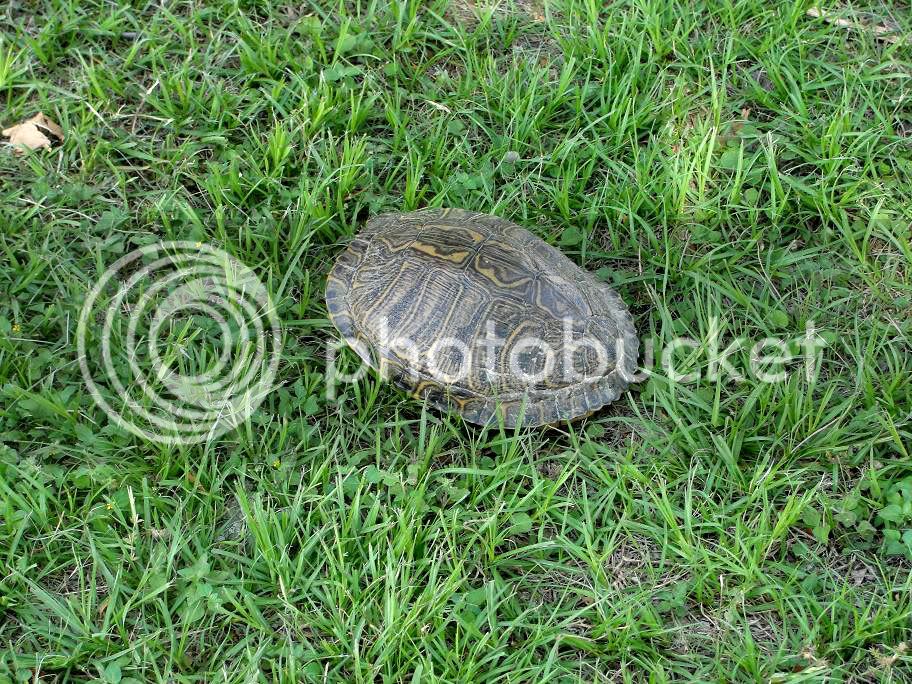

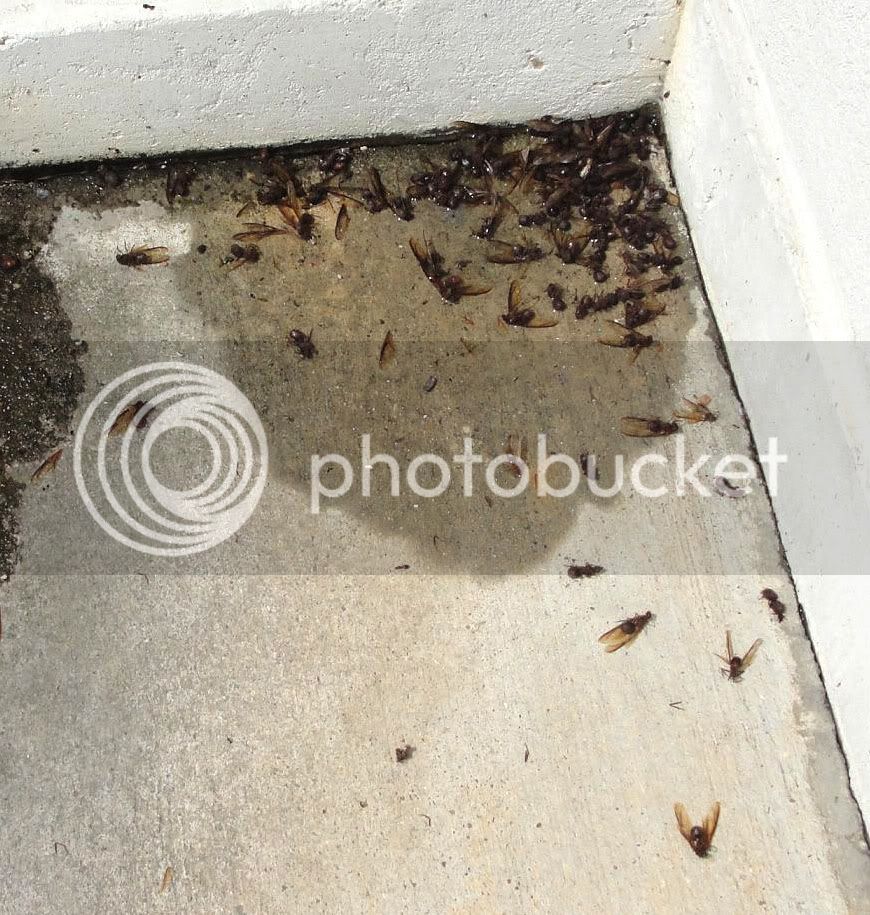
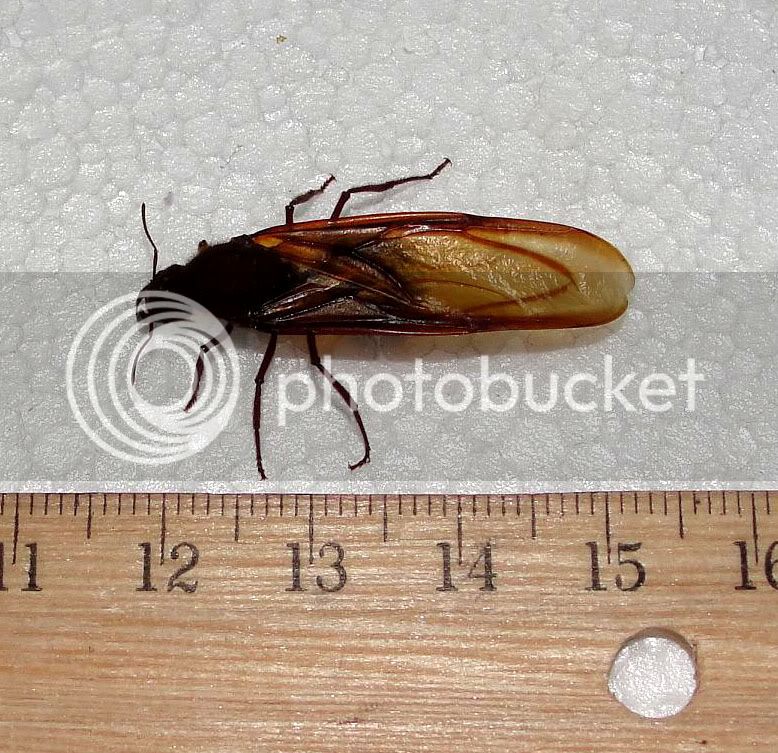

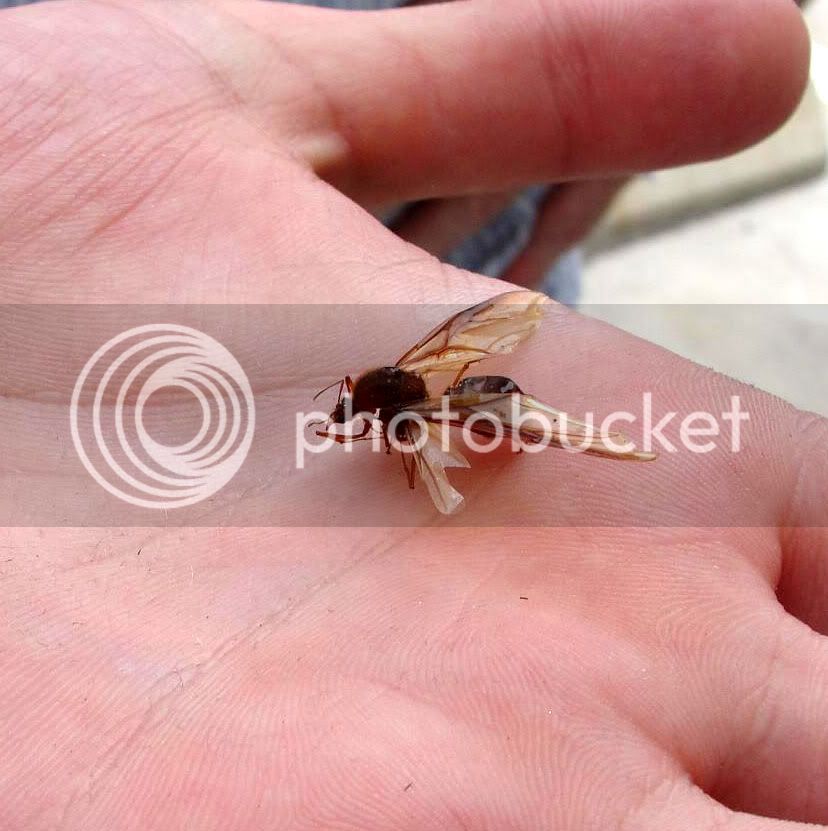
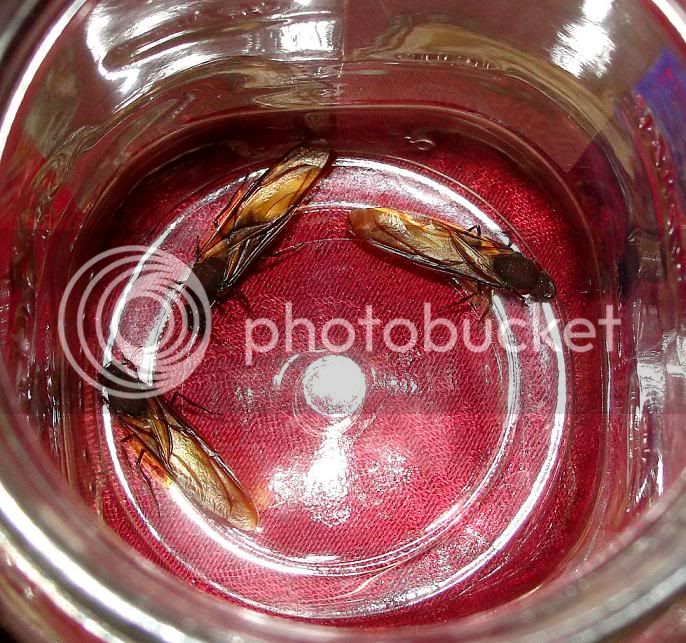
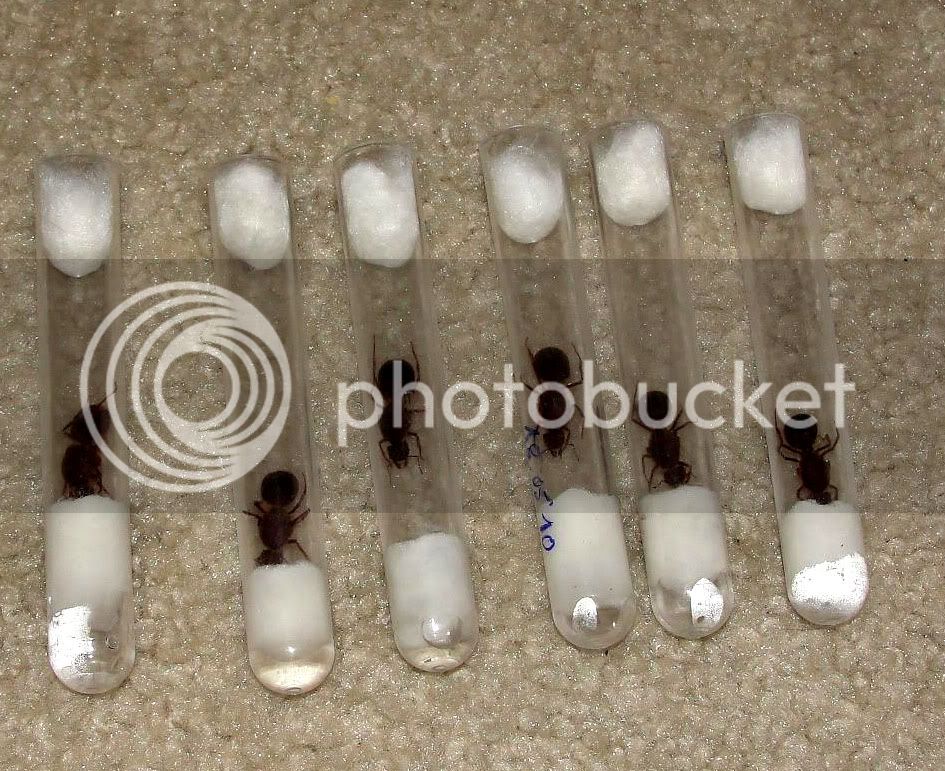
Mike, sorry the Atta texana nuptial flight season appear to be over in my area. They only swarm during the new moon phase from April to June. You may want to ask Motte (Chris) to trade someHey wait a second! How about sending one or two of those leaf cutter queens my way!! Guess our next meet up will have me going to Houston rather then Tucson.
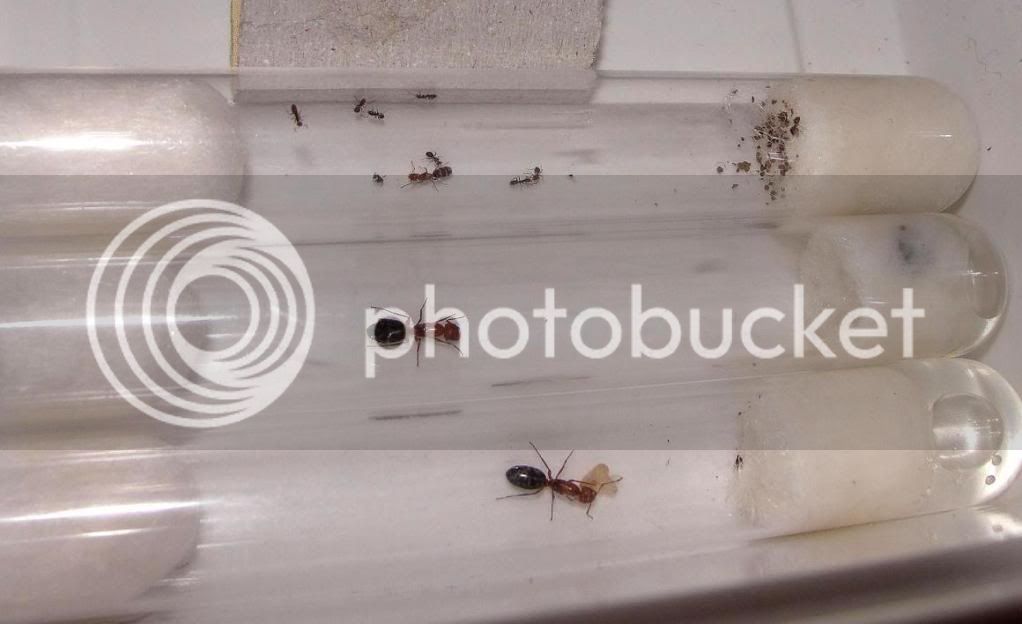

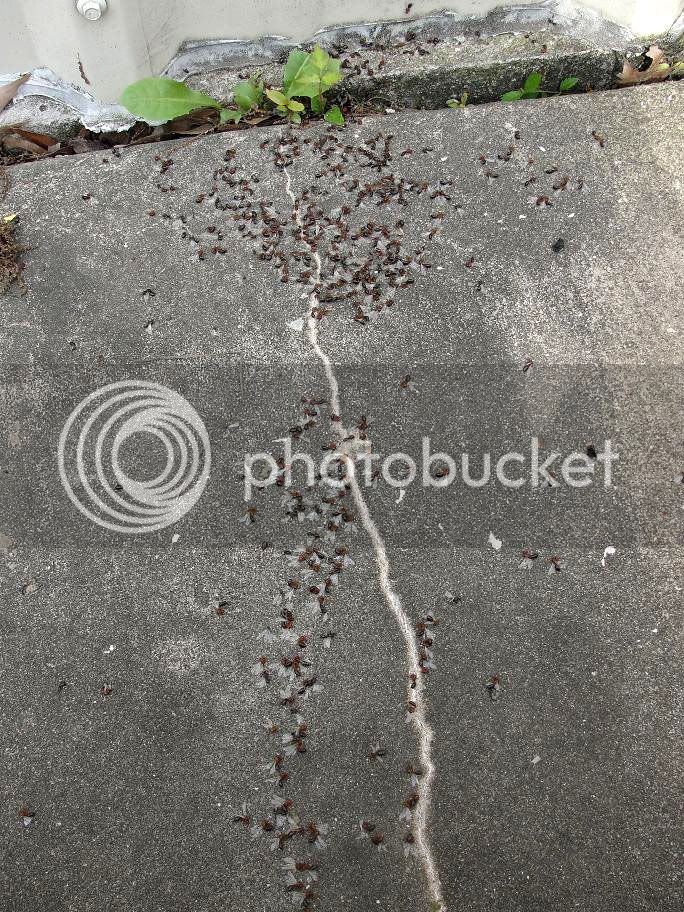
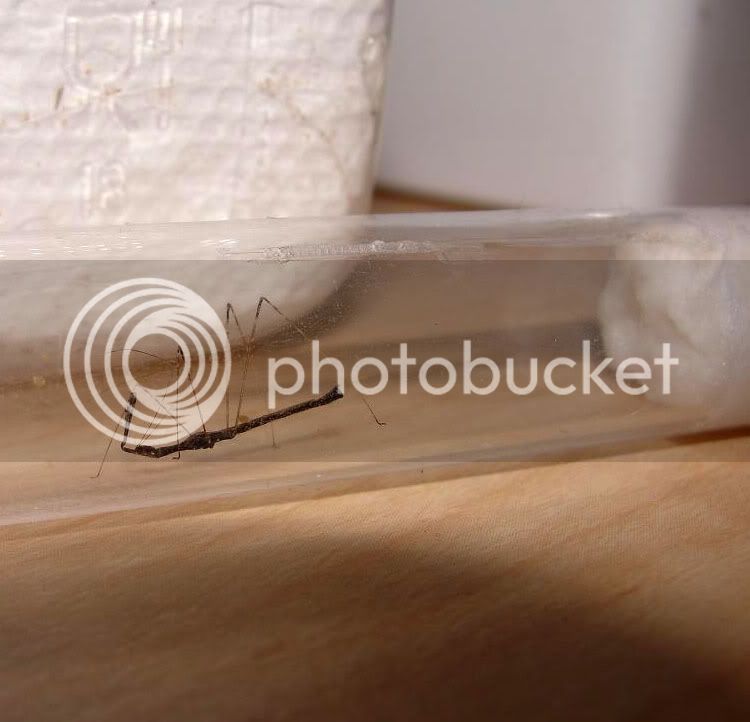
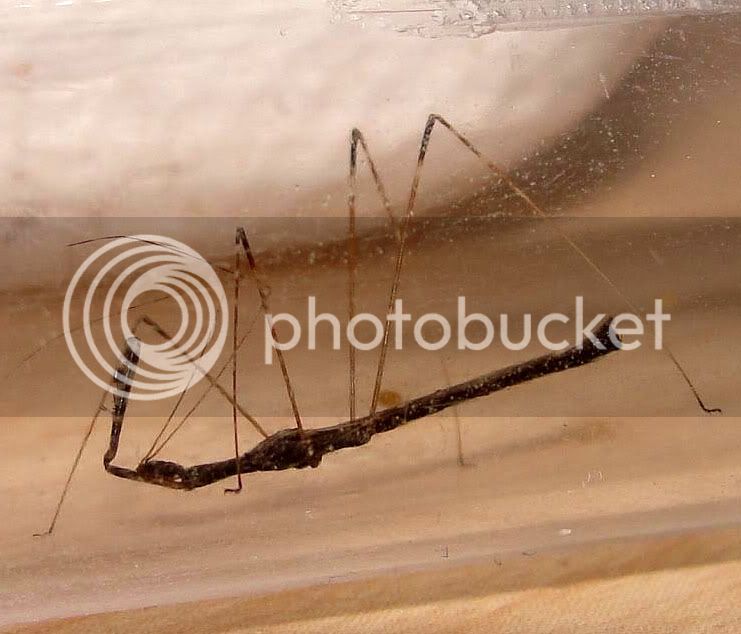
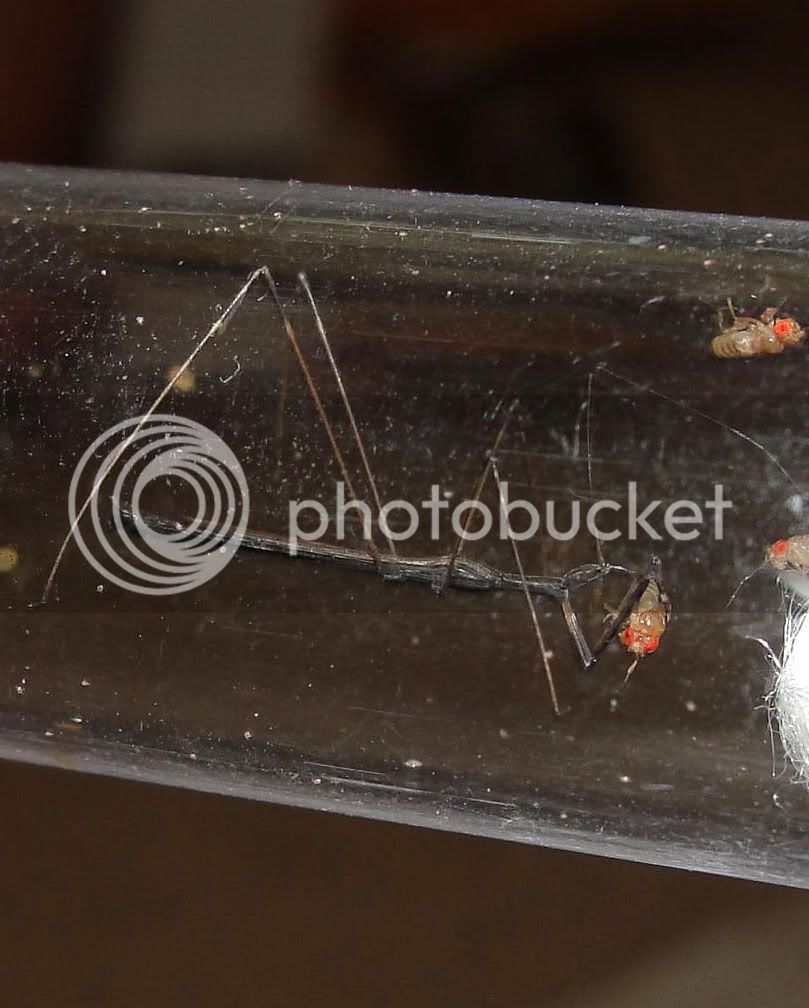
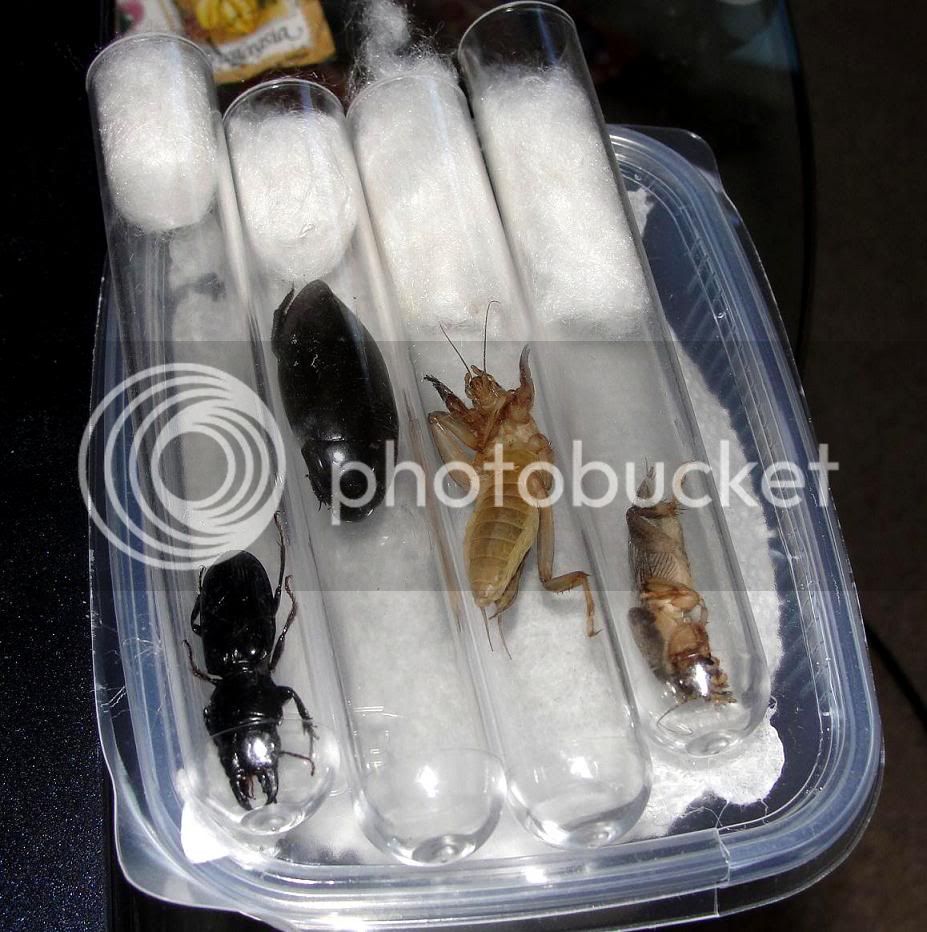

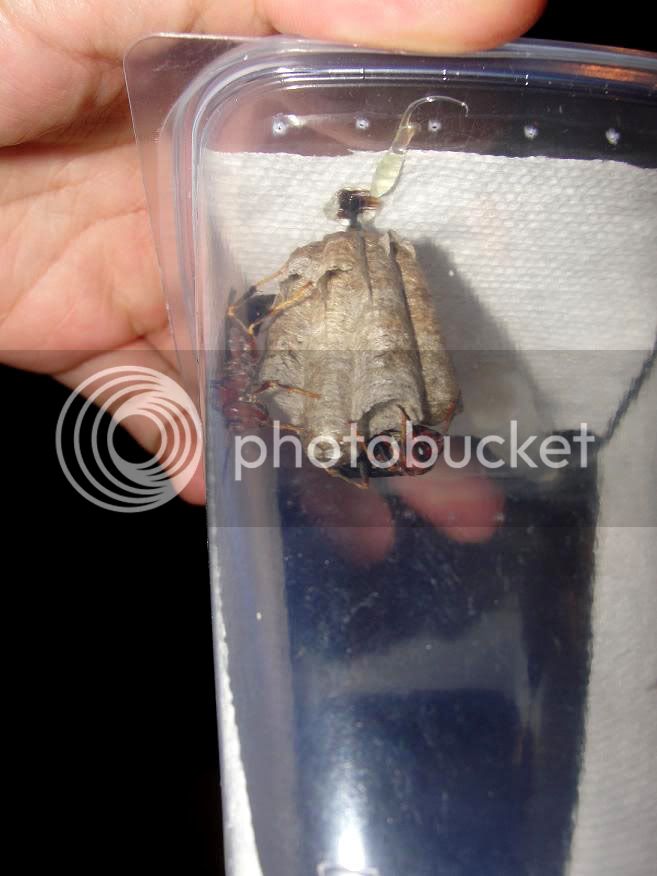
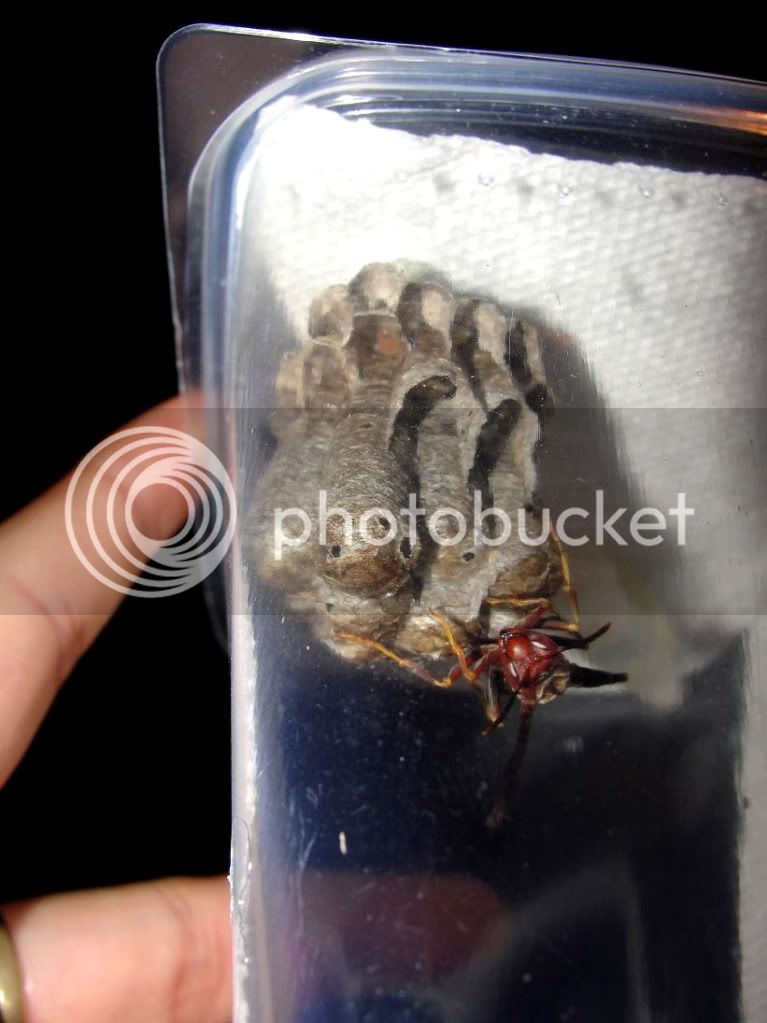
Your guess is as good as Motte Phil. Except that yours is even more specific (to the species). This species appear to be socialize type. Motte told me a few hatched out during his trip back to Germany.Sorry for dragging this thread so long. Following are few more photos taken at several parks around Houston area.I could look at these pix for ever, Yen! Thanks again. Love those paper wasps, even though they are an exception that wrecks my handy dandy distinction between hornets and wasps, that I made recentlyDid your friend Motte happen to say what he thought the species was? From the brown coloration and location, I would guess Polistes major castaneicolor, but I am a very long way from being expert. This genus, Polistes, is interesting in that it appears to be a transition between solitary and fully social wasps.
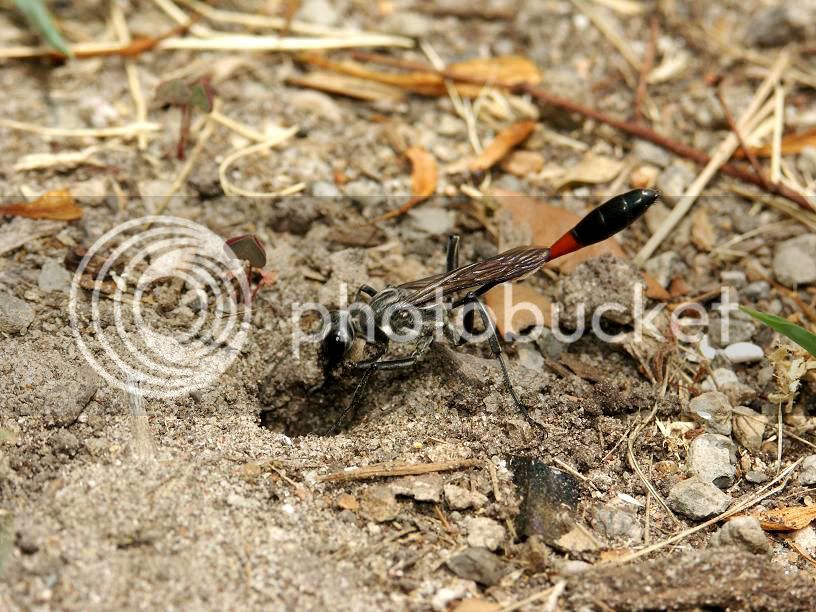
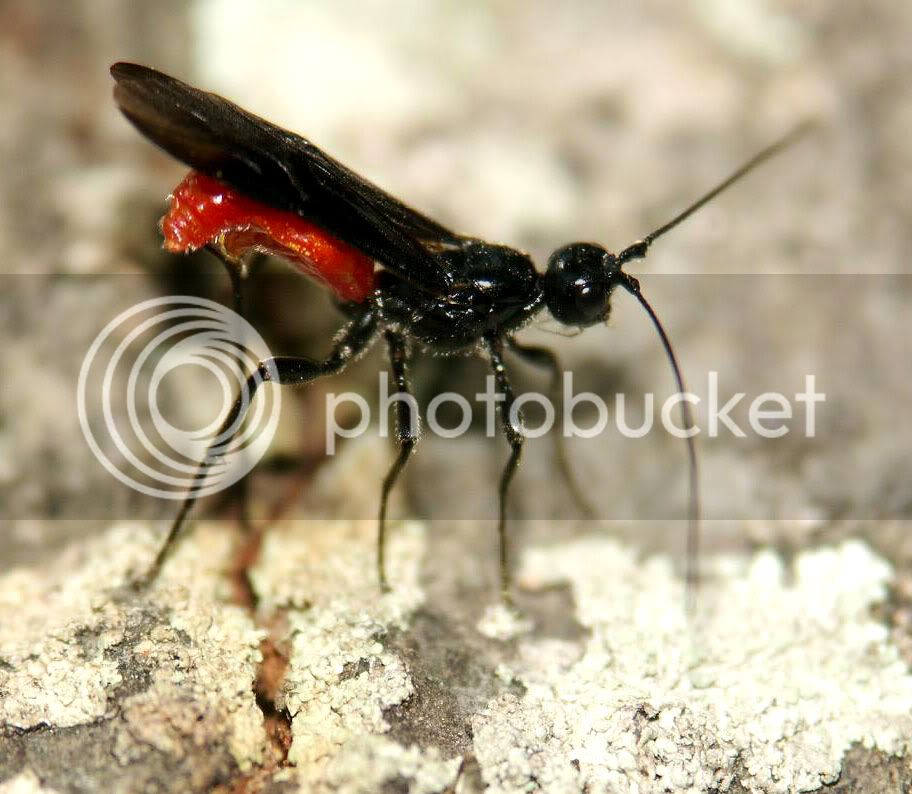
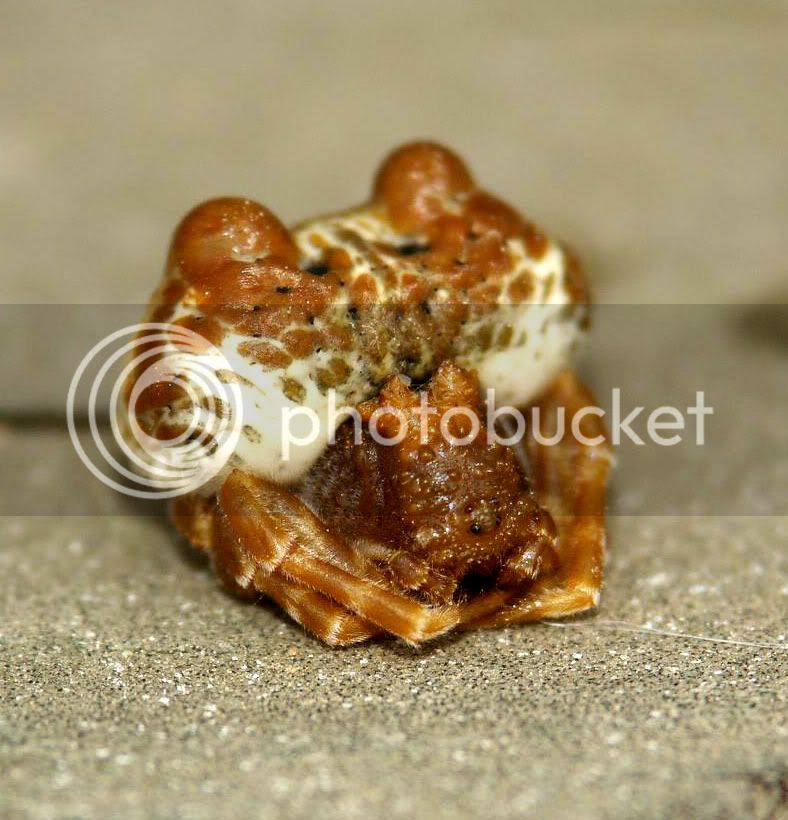
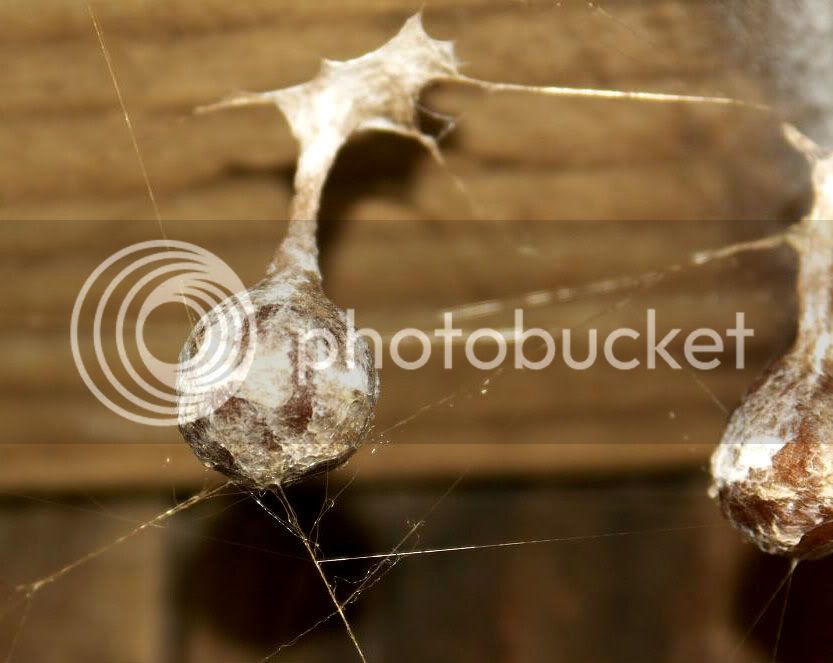
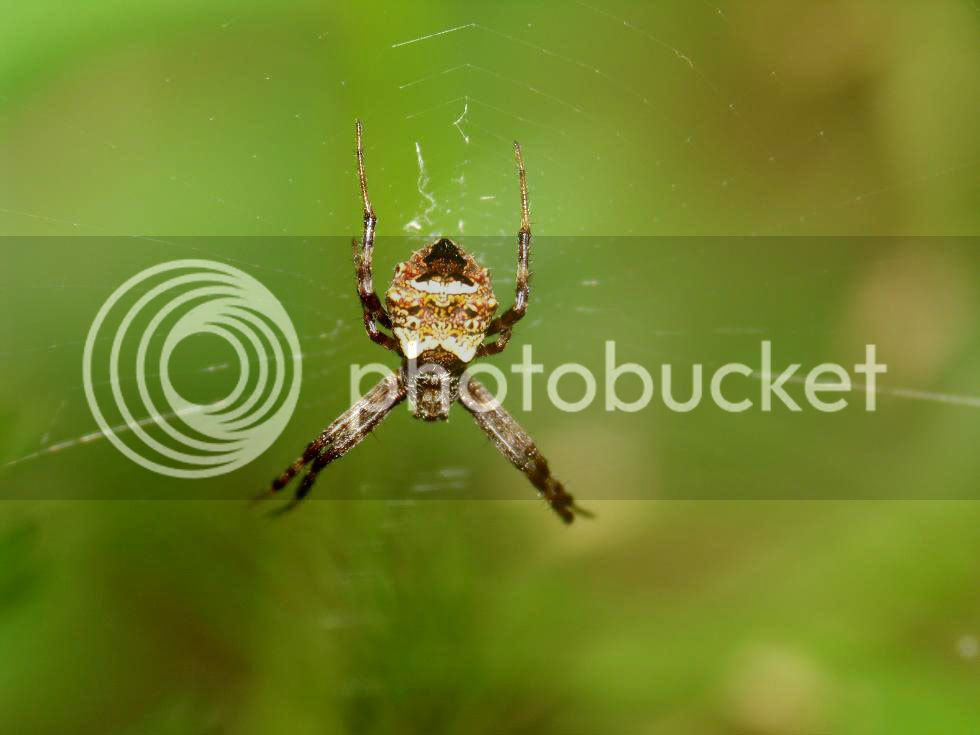

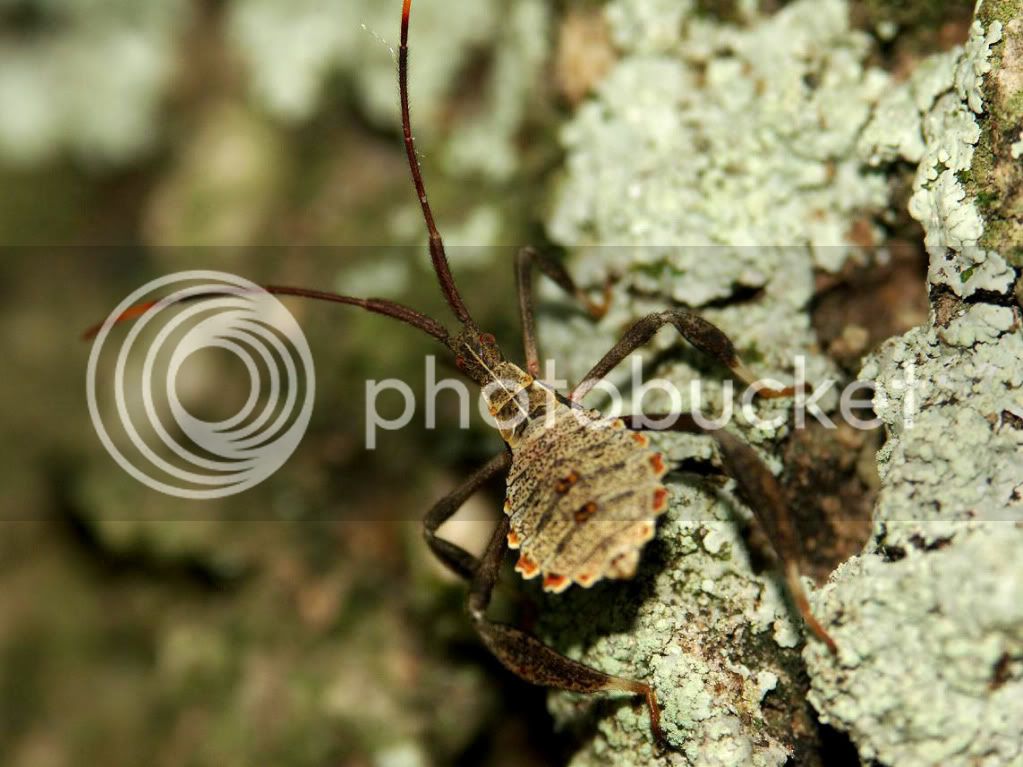

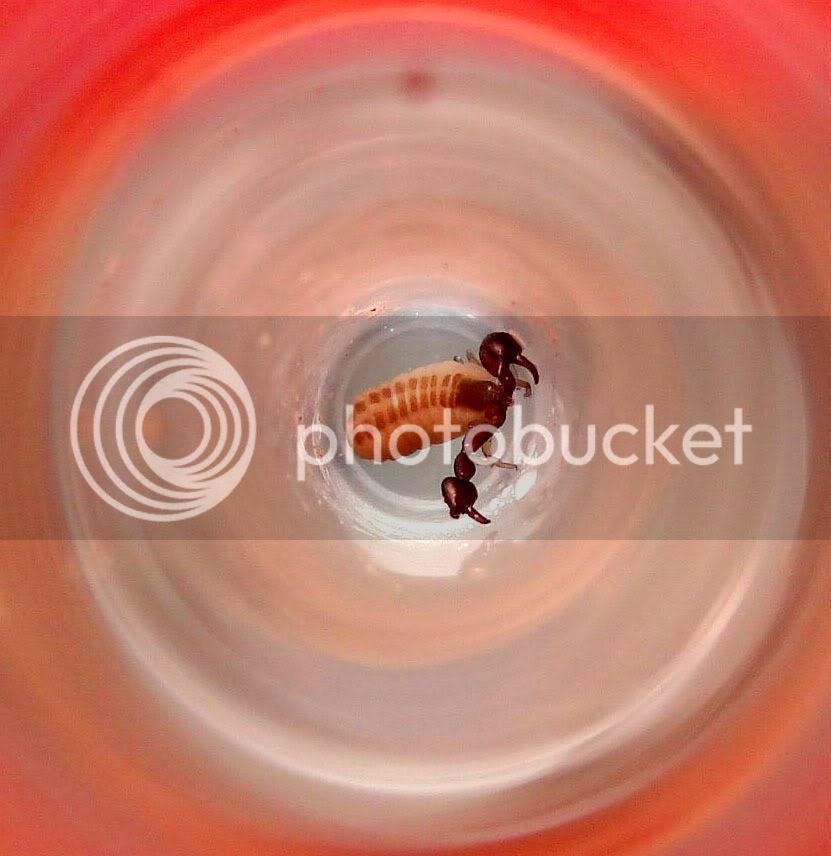
You are welcome, it was fun for me to look back at those pics too eventhough it was only half a year ago.Thanks for the journey Yen, enjoyed the ride.
See you in September Peter! Maybe with this move Stagmomantis gracilipes will no longer be a stranger in this forum.Looks like this post is seeing some action again suddenly. I expect to move to Tucson this summer. Talked with a mutual friend last week and he said you would be in AZ again this summer. Perhaps our luck will work out better this time.
Enter your email address to join: